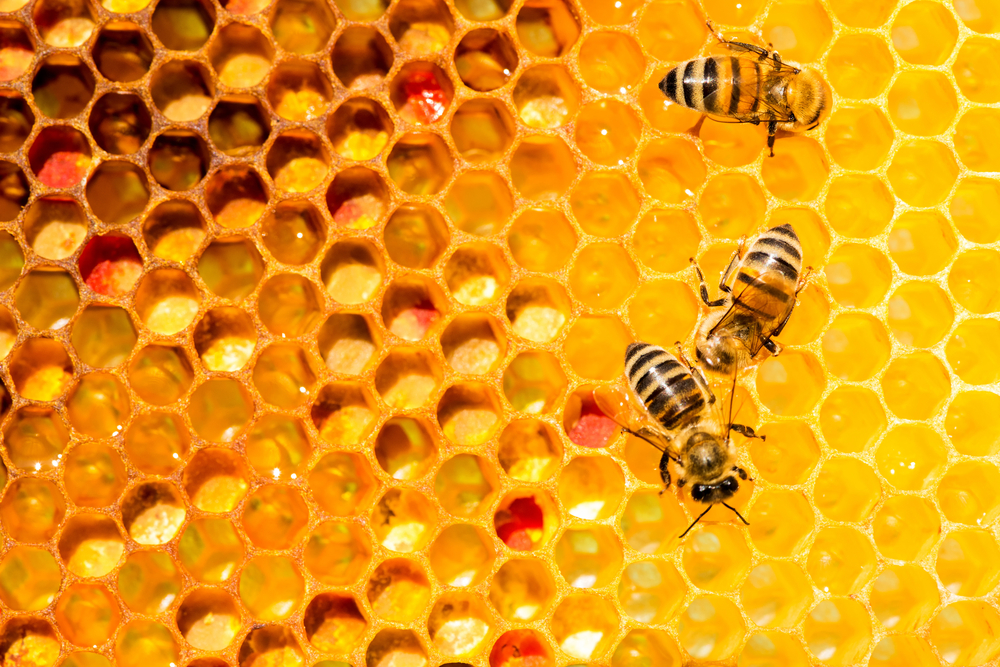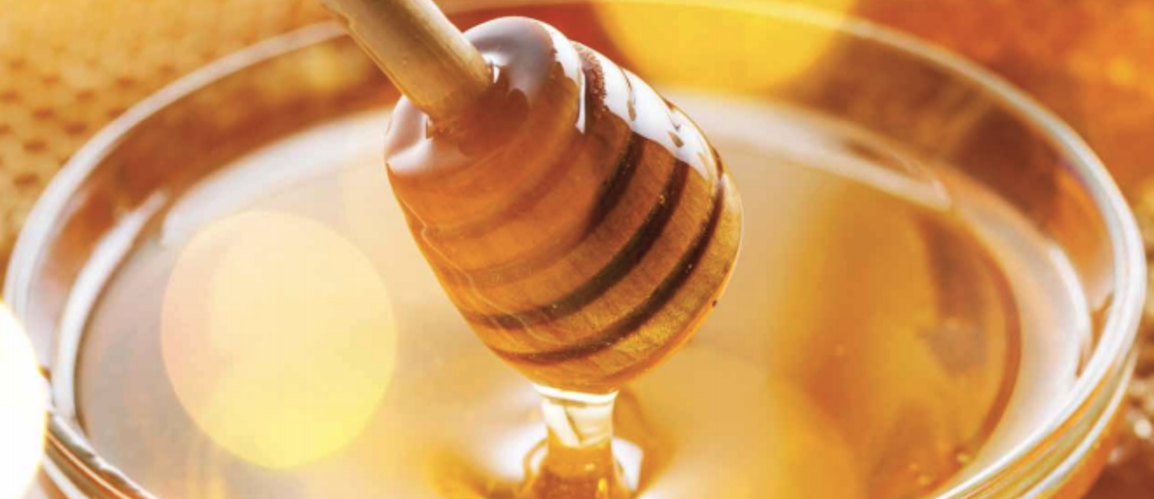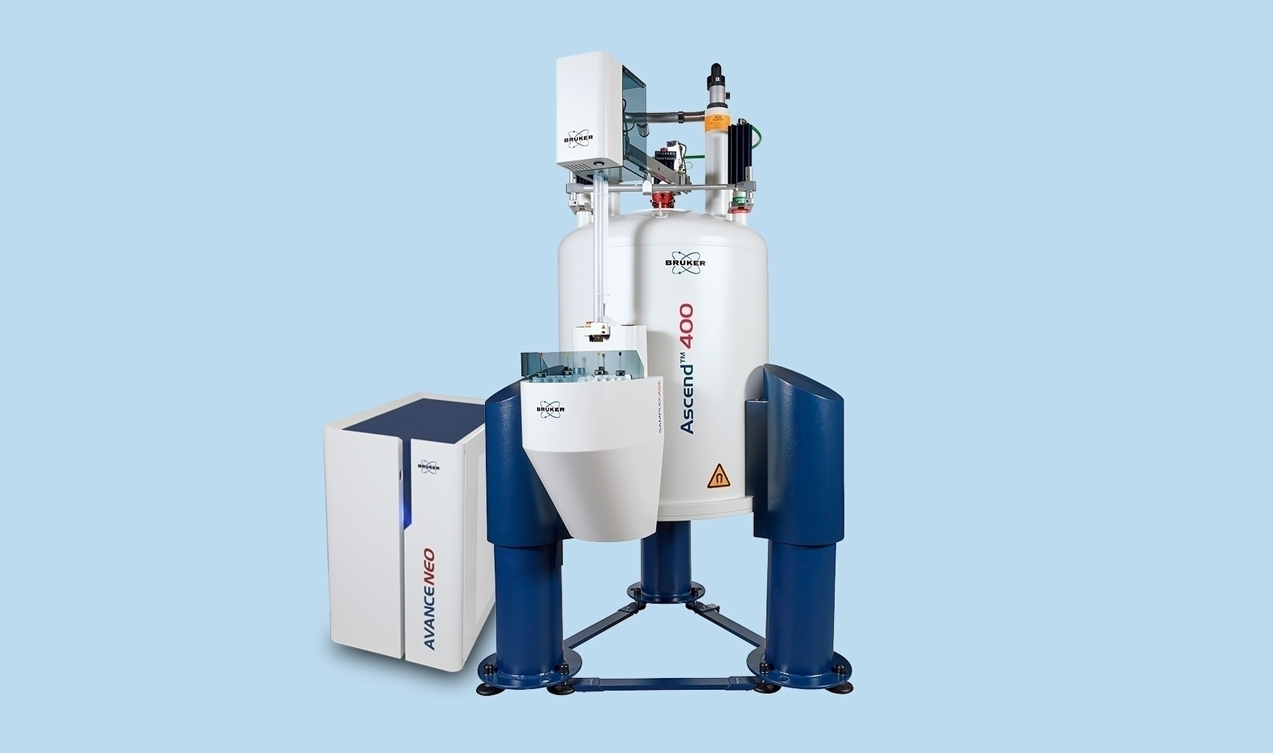

NMR for Food Authenticity: Using NMR to Tackle Honey Fraud in Canada
There has been an exponential rise in the volume of counterfeit honey products reaching the Canadian market. In fact, a recent survey by the Canadian Food Inspection Agency found that 22% of honey samples were in some way fraudulent. However, this data did not include products that contain honey, such as sauces and cereals.
Honey-containing products are not under the same scrutiny as honey and thus, commonly contain fake honey. Canada produces around 92 to 98 million pounds of honey a year, but scammers are able to produce equivalent quantities of counterfeit honey much more rapidly, and more cheaply.
More effective analytical methodologies are therefore needed to determine the authenticity of honey and remove fake products from circulation.
A key factor in the increase in the production of fraudulent honey is the lack of understanding of the nature of the fraud and the difficulties in identifying where fraudulent practice has occurred. The main technique used in the testing of honey is stable isotope ratio analysis (SIRA), which is not always effective in discriminating between genuine and adulterated honey.
Although SIRA can detect when honey has been bulked up by the addition of high-fructose corn syrup, it does not identify the presence of rice syrup. The counterfeiters can thus develop new types of fraudulent activity to avoid detection more quickly than new analytical detection techniques can be implemented.
To facilitate the rapid identification of fraudulent honey, Peter Awram, a second-generation beekeeper at Worker Bee Honey Co., the biggest beekeeping company in British Columbia, founded True Honey Buzz which has created a database of authentic honey samples.
The spectra of various genuine honey samples obtained using Nuclear Magnetic Resonance Spectroscopy (NMR) have been collated. The benefit of using NMR for food authenticity is that it identifies all the components present in the honey, rather than just trying to identify whether an unnatural additive is present.
Consequently, it is not necessary to know which substances are being used to produce counterfeit honey. The NMR spectra of a honey sample can be compared against the database to confirm that it matches the spectral pattern of genuine honey.
The Bee BC Program is working to generate a honey NMR database for all British Columbia, funded by the Investment Agricultural Foundation. Such a project will provide the necessary basis for enabling NMR to become the gold standard for honey testing.
The NMR honey signature spectra are being obtained using the Bruker NMR FoodScreener. The FoodScreener is easy to use with little training and results are available straight away, enabling immediate action against the counterfeiters. The database is growing at an increasing rate as more and more beekeepers provide samples to be analyzed and included in the database.
Peter Awram has been in consultation with The Canadian Food Inspection Agency to promote the adoption of the NMR FoodScreener as the gold standard for honey profiling:
“Recently, I sent off my own samples for SIRA, where I did my own spiking with rice syrup and compared it against NMR analysis. It demonstrated that NMR is a much better technique, as it is much more effective at identifying what is in the sample.”
The Bee BC Program highlights the value of NMR for food authenticity screening and providing the necessary tool to outplay the counterfeiters and protect the livelihoods of beekeepers.


